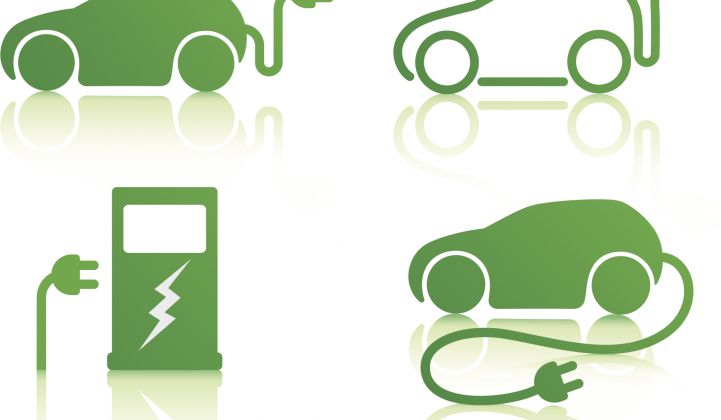As the electric vehicle industry grows, so should our discussion about its impact on the California electric grid. In a recent Greentech Media article, Jeff St. John gives a clear explanation of the Duck Curve, a graphic that illustrates the shape of net demand on the California electric grid given the impact of renewable generation. The good news is that the Duck Curve is good for electric vehicles, and electric vehicles are good for the Duck.

We saw it coming
Since 2007, I have been advocating the idea that contrary to prevailing beliefs, well-managed daytime vehicle charging is a boon to the grid. Frankly, those claims were understandable in that until recently, the peak electric load for California was in the hot afternoons of the summer when much of the state's population turns on their air conditioners. Consequently, the conventional wisdom was that charging at home is good for the grid, and workplace charging, which typically occurs during the day, is bad. In fact, nothing could be further from the truth.
Why does it matter?
Grid generation and transmission must be sized to the peak load of the grid or else blackouts will occur. Since the cost of fuel accounts for less than 5 percent of the cost of electricity, it is important to use the big costs of transmission and generation efficiently. This entails finding a delicate balance between building and maintaining no more infrastructure than is needed and encouraging customers to use every kilowatt-hour that is generated. So the flatter the curve is, the more efficient the grid is. A flattened duck means that consumers pay the lowest possible price for electricity.
What happened?
Since California has made such spectacular progress with solar generation, we now have no afternoon peak at all; the sun is brightly shining and generating electricity at just the time that the air conditioners need it. The result is a glut of power at 2 p.m. and a reduced load after dark.
Enter electric vehicles
Electric vehicles are good electric loads -- especially with workplace charging. It may seem counterintuitive, but charging your car during the day is a lot better than charging when you get home. Charging at home creates a new peak load at about 8 p.m. when solar power is no longer being generated. Charging cars the minute you get home is exactly the wrong time to do so.
To drive our average daily trip of 39 miles, a vehicle needs 13 kilowatt-hours of electricity, which takes about 3 hours at a conventional charging station. That means we can charge two cars a day at a workplace charging station and fill the Duck’s belly with electric load. This has added benefits. The head of the duck -- our big new potential problem -- is flattened out because these cars are not charging when EV drivers get home from work. It also means that the EV driver doesn’t need a home charging station or to add vehicle charging to their home electric bill. As a result, workplace charging becomes a good thing.
Incentivizing good behavior
This charging scenario decreases costs for all electric customers, reduces the need for utilities to add generation and transmission to handle a new 8 p.m. peak, and reduces the costs of charging at home. Because of those three major benefits, we need to find ways to encourage this scenario. We need the infrastructure to charge vehicles during the day at workplaces and garages. We also need pricing policies that encourage charging when energy is the most plentiful and cheapest to produce. For today’s load profile, we want plenty of daytime charging opportunities combined with low prices at about 2 p.m.
What does the future hold?
Current time-of-use pricing policies made sense seven years ago, but are now precisely the opposite of what we need. As it stands now, the highest prices are at 2 p.m., just when we need people to charge. It’s backwards because of the success of policies that encourage renewable energy generation, which happen to produce best at 2 p.m. As time goes on, new load curves will emerge. It is vital that the charging of manageable loads like electric vehicles can be controlled by real-time networks that are influenced by the current conditions of load and generation. We need to be able to react to sunny days and cloudy days, shifting loads, and the unknowns of tomorrow so we can adapt to whatever shape characterizes the grid in the future.
***
Richard Lowenthal is founder and Chief Technical Officer of ChargePoint, an open electric-vehicle charging network with more than 17,000 charging locations.



